Hall Current 21 Click
R830.00 ex. VAT
Hall Current 21 Click is a compact add-on board designed for precise current measurement across a wide frequency range, ideal for fast and accurate monitoring applications. This board features the ACS37030, a galvanically-isolated current sensor from Allegro Microsystems. It provides bidirectional current sensing with a range of ±65A and a sensitivity of 20.3mV/A, offering high isolation of 3500VRMS and a working voltage of up to 840VRMS. It also features low noise and a wide operating bandwidth, making it suitable for high-speed switching current and control loop monitoring. This Click board™ is perfect for power supplies in servers, data centers, and solar DC-DC converters.
Hall Current 21 Click is fully compatible with the mikroBUS™ socket and can be used on any host system supporting the mikroBUS™ standard. It comes with the mikroSDK open-source libraries, offering unparalleled flexibility for evaluation and customization. What sets this Click board™ apart is the groundbreaking ClickID feature, enabling your host system to seamlessly and automatically detect and identify this add-on board.
Stock: Lead-time applicable.
| 5+ | R788.50 |
| 10+ | R747.00 |
| 15+ | R705.50 |
| 20+ | R678.94 |


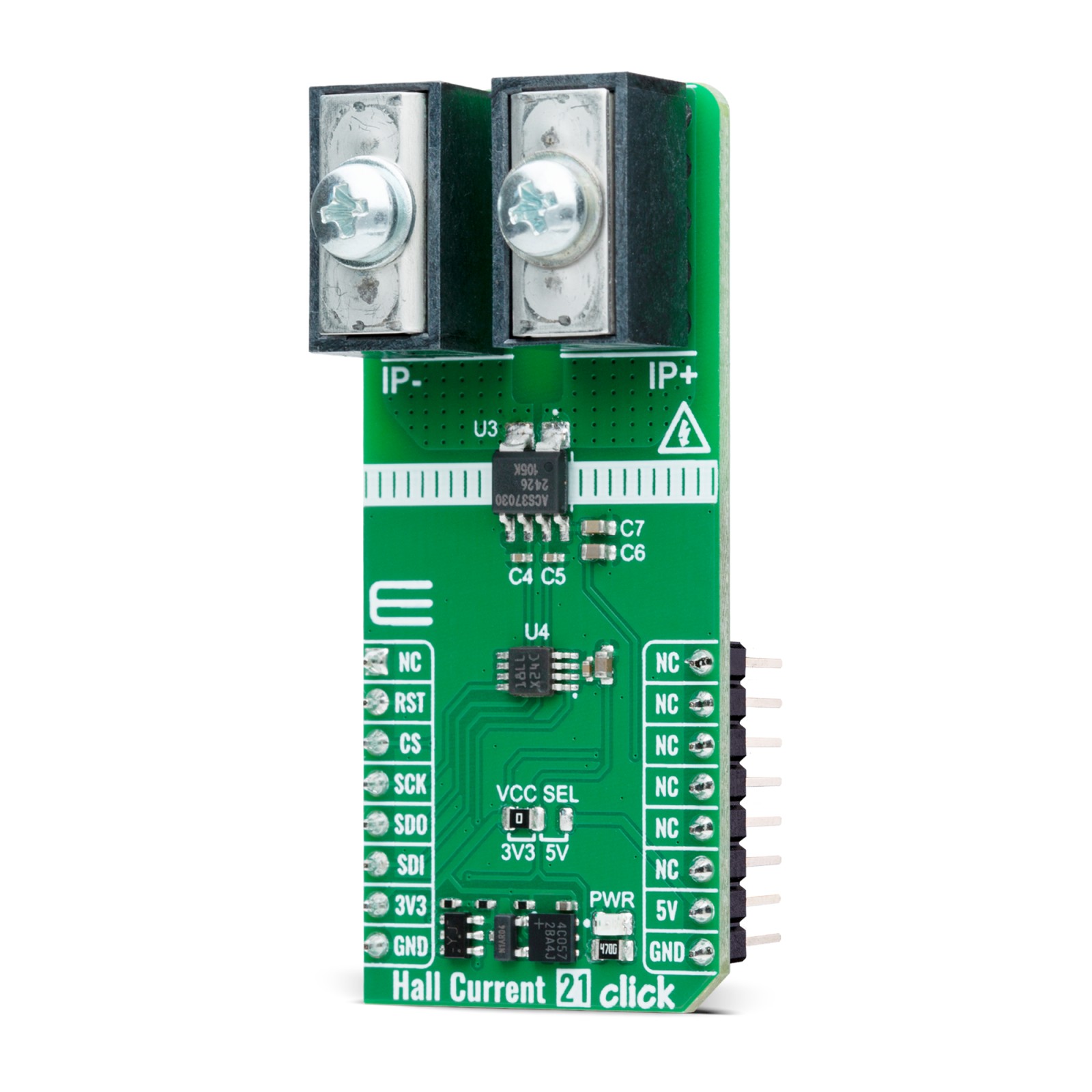
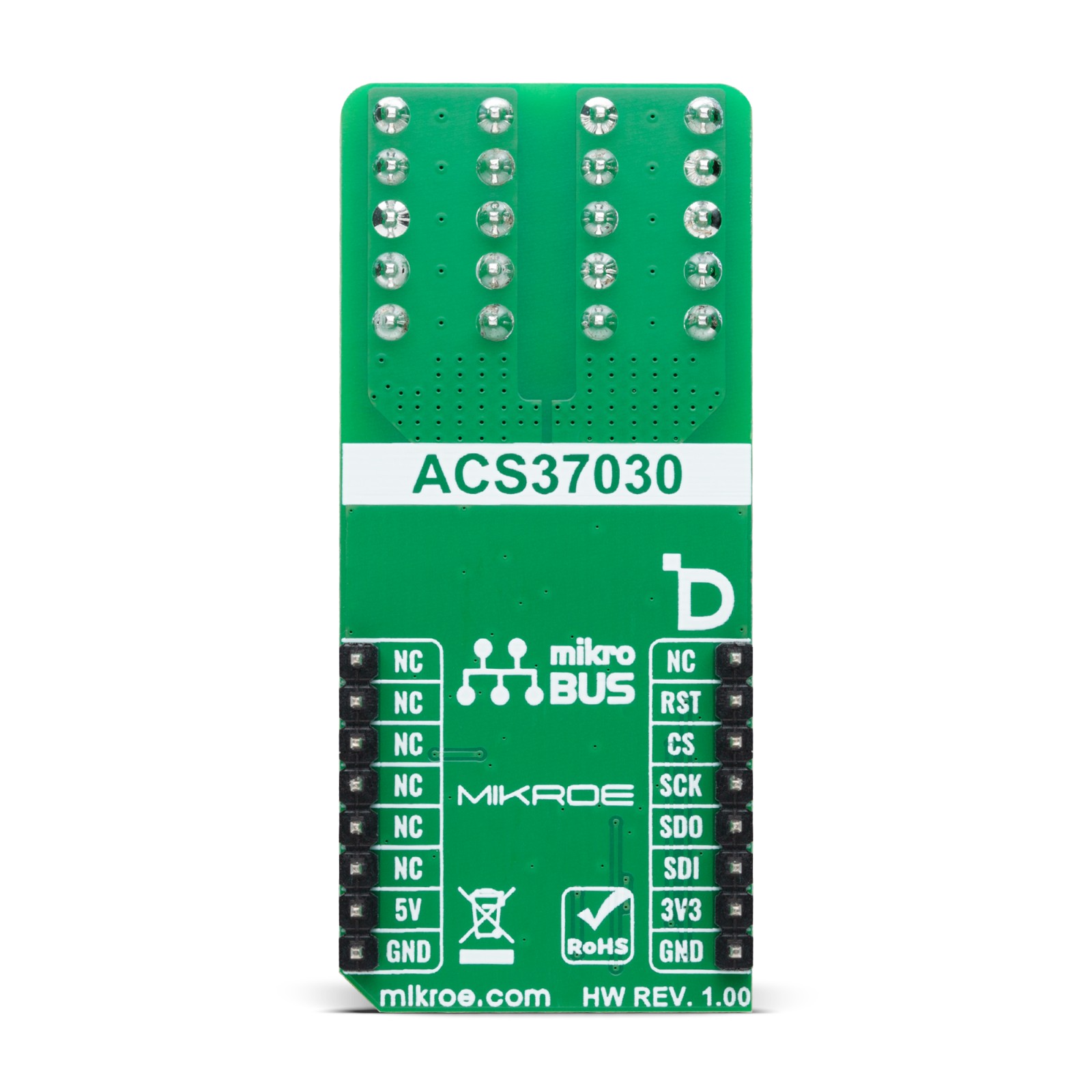

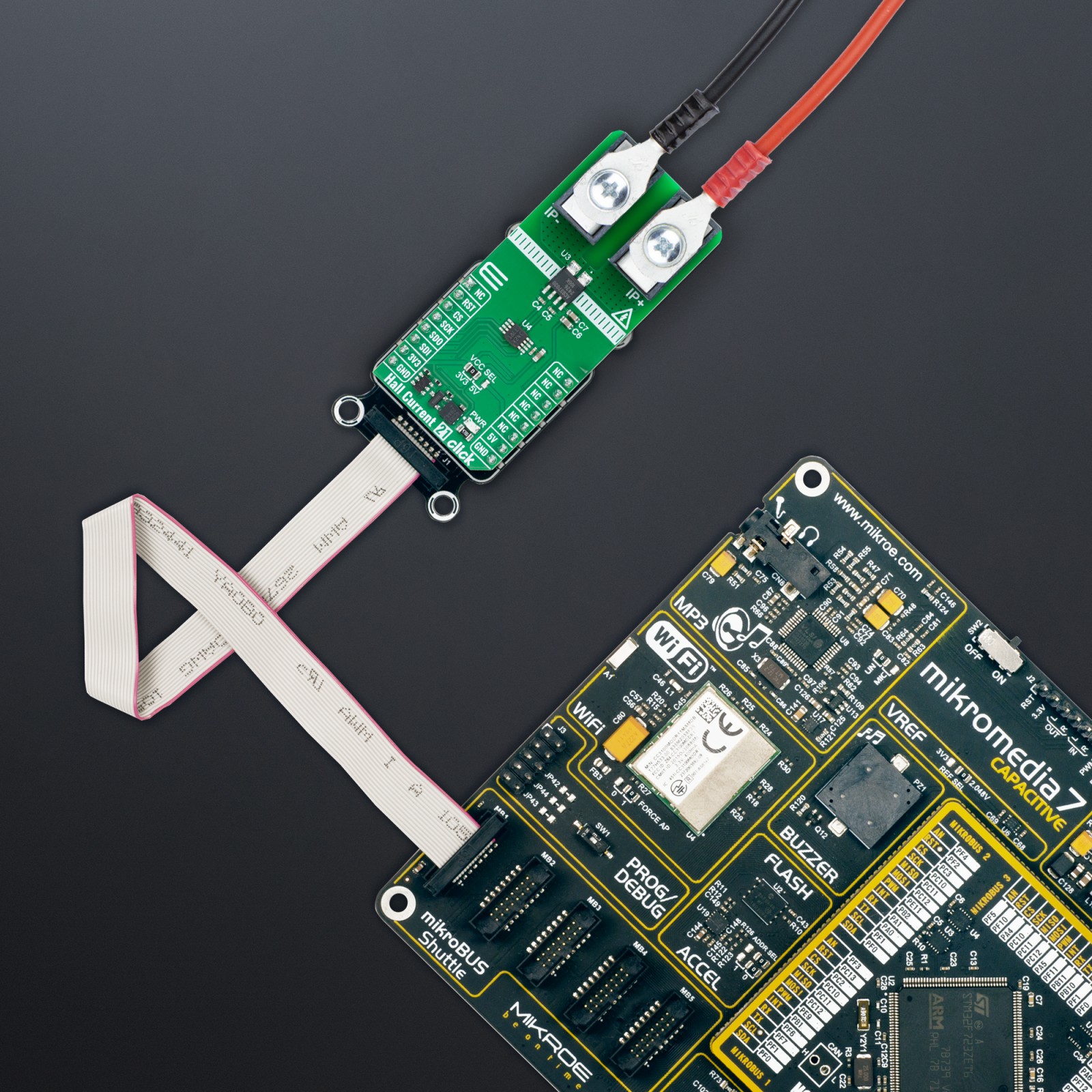
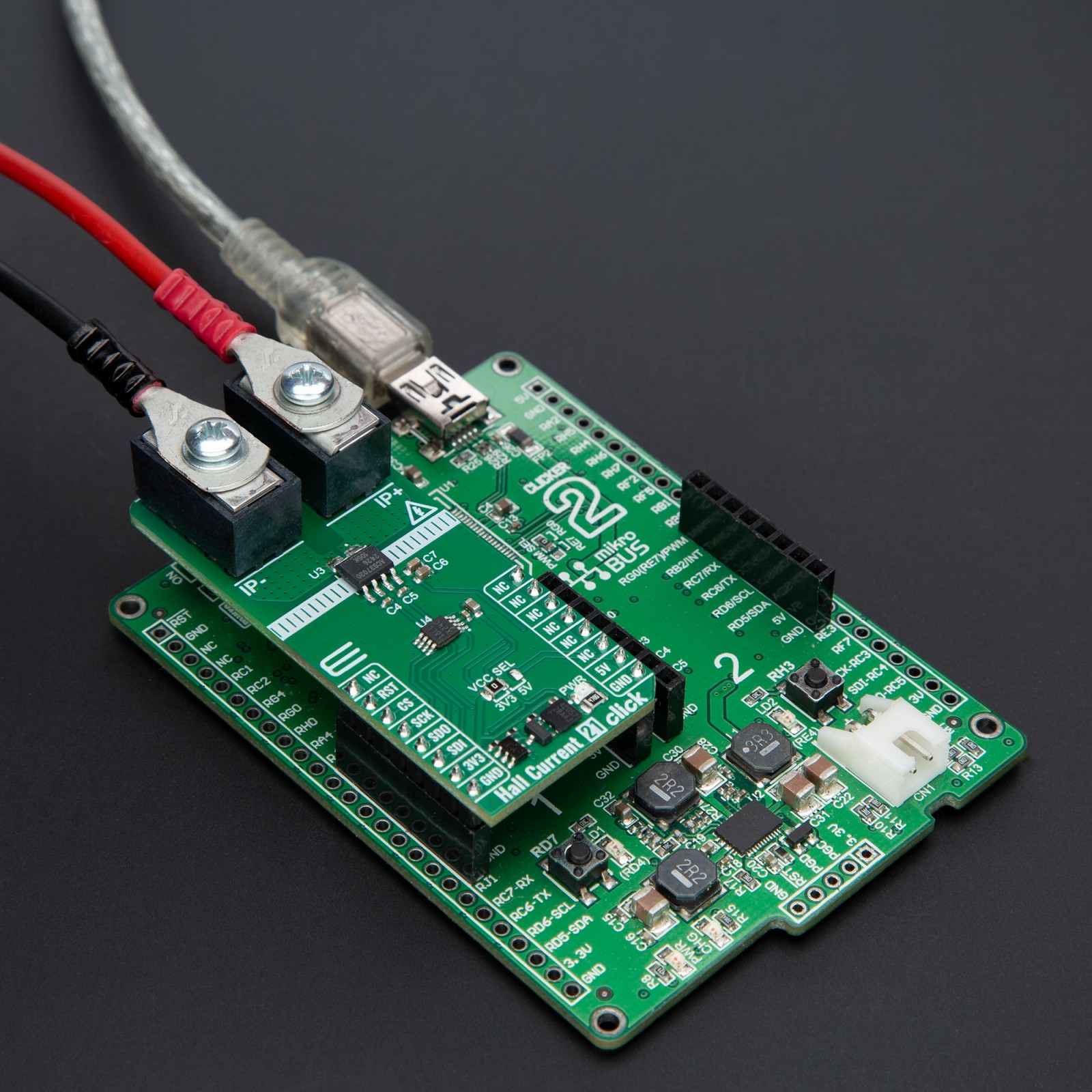
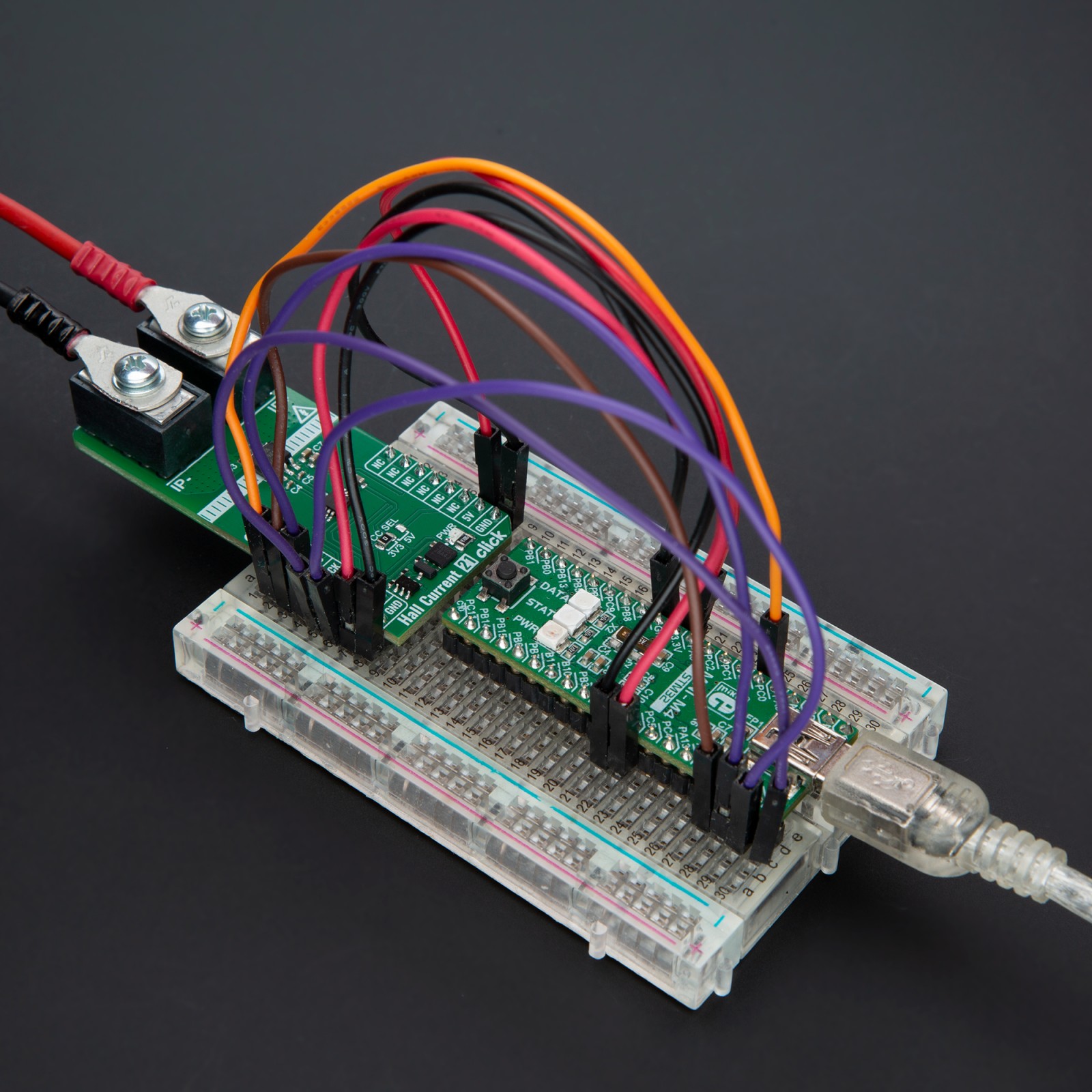
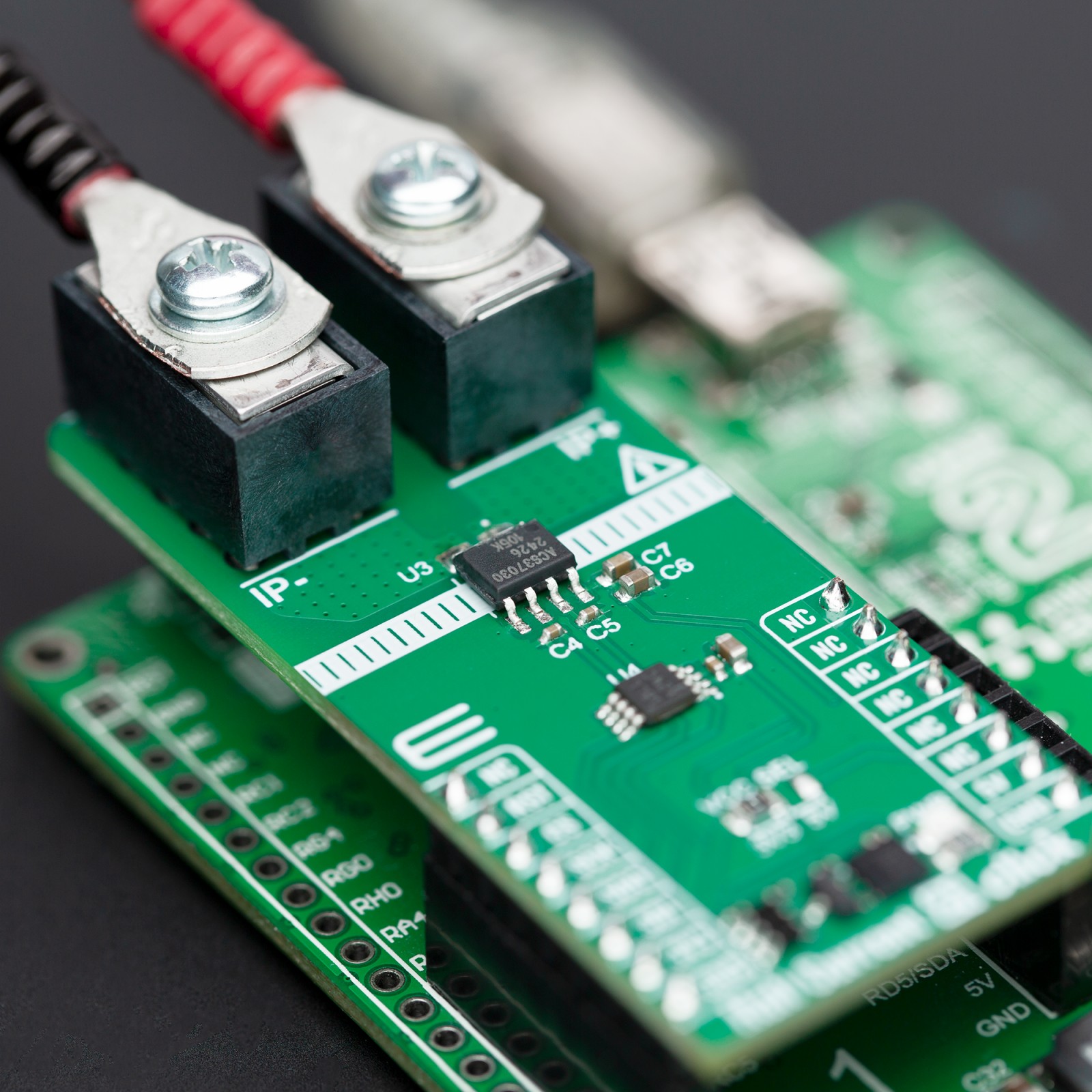

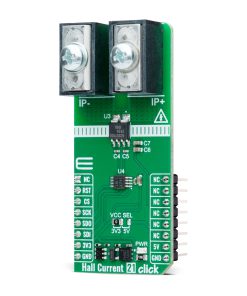
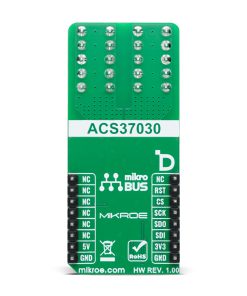
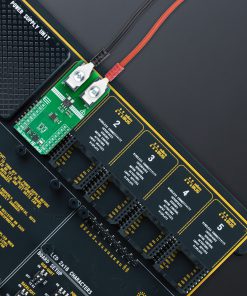

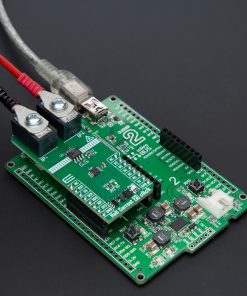
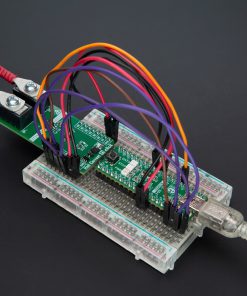
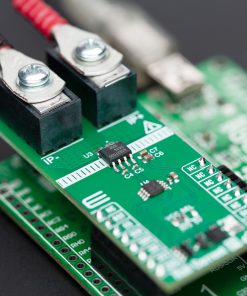
 DO NOT TOUCH THE BOARD WHILE THE LOAD IS CONNECTED!
DO NOT TOUCH THE BOARD WHILE THE LOAD IS CONNECTED!








